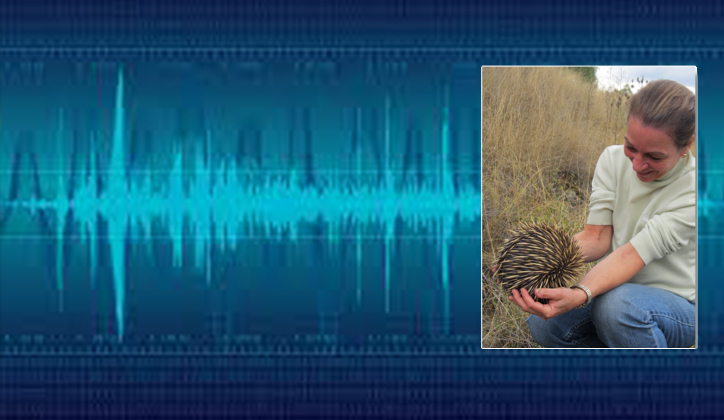Our Biological Sciences researchers are building Australia’s largest library of sounds made by native Australian mammals to aid in research, education, management and conservation.
Lead by Dr Jennifer Clarke, the team from our Animal Communication and Conservation lab have so far recorded Tasmanian devils, dingoes, grey-headed flying-foxes, black flying-foxes, little red flying-foxes, swamp wallabies, red-necked wallabies, pademelons, common brush-tail possums, wombats, koalas and feathertail gliders.
“No one knows what a Tasmanian tiger sounded like – it has been silenced by extinction. We don’t want the same to happen to any other native Australian mammal. While some recordings already exist, there is no resource in Australia or elsewhere that captures each native mammal’s repertoire of sounds,” she said.
“We intend to develop this library into an online database for international access to the information, which will be available for education, conservation, science and even the arts.”
“Understanding animal communication not only sheds light on critical aspects of a species’ evolution and biology, but it can also be an invaluable tool to aid in management, for example, in acoustic population monitoring.”
“Our lab also studies aspects of alarm calling, food calling, contact calls and the role of vocalisations in social transmission of information. This knowledge is invaluable in preserving natural communication behaviours in captive-reared populations.”
Using state of the art technology, the team is able to graph the animals’ vocal characteristics down to the individual using spectrogram analyses.
“Like people, some species may produce vocalisations that convey individual identity, sex, and/or age. These ‘acoustic signatures’ can be measured using computer sound analysis, and provide a wealth of very valuable information for conservationists and biologists,” said Dr Clarke.
The team works with Taronga Zoo, the Australian Reptile Park, Australian Walkabout Wildlife Park, Secret Creek Reserve, Colong Station, Devil Ark, NSW and QLD Parks and Wildlife Services to record a variety of native Australian mammals.

